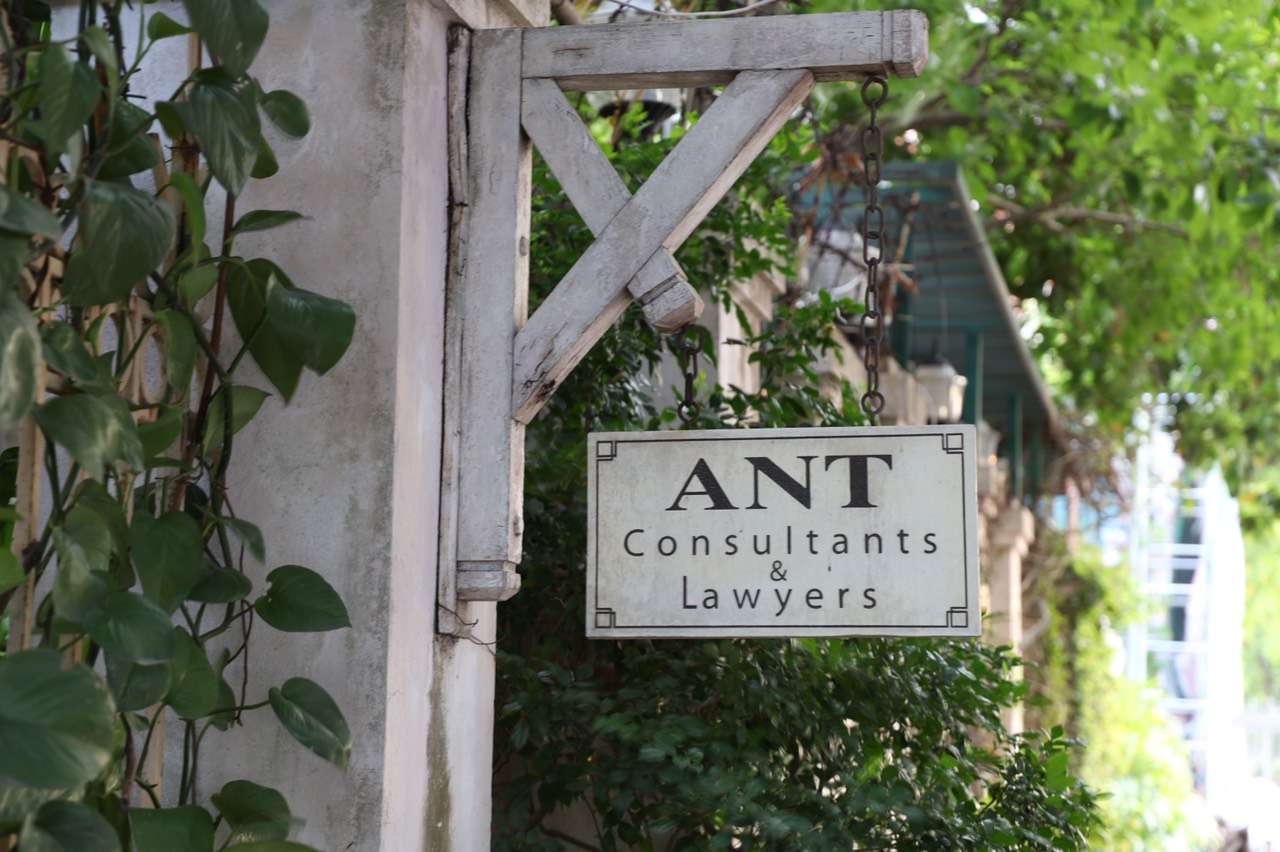How Vietnam Support Start-up Company
in Vietnam?
Start-up company is a topic that is
receiving much attention in Vietnam, especially in the context of the country’s
strong integration with the world economy. Starting a business is expected to
create economic growth, make a positive contribution to socio-economic
development. From start-up ideas gradually appears startup businesses in Vietnam. Every year,
Vietnam has hundreds of new businesses established, in which the number of
small and medium enterprises account for the majority. Because they are small
and medium-sized enterprises, it is inevitable to face great competitive
pressure from large traditional enterprises as well as competitors.
The identification of small and medium enterprises is the basis for the
State to have supportive policies to help enterprises face competitive pressure
in the market. Criteria to determine small and medium enterprises include:
field of operation, average number of employees participating in social
insurance per year, total revenue or total capital of the enterprise.
Firstly, micro-enterprise in the field of
agriculture, forestry, aquaculture; industry and construction that has an average
annual number of employees who participate in social insurance not exceeding 10
people and the total revenue in the year not exceeding 3 billion VND or the
total capital of the year is not more than 3 billion VND. Micro enterprises in
the field of commerce and services employing no more than 10 employees per year
on average with social insurance contributions and total annual revenue is not
more than 10 billion VND or the year’s total capital is not more than 3 billion
VND.
Second, small enterprise in the field of
agriculture, forestry, aquaculture; industry and construction that has an
average annual number of employees who participate in social insurance not
exceeding 100 people, total revenue in the year not exceeding 50 billion VND or
total capital of the year not exceeding 20 billion VND, except
micro-enterprises. Small enterprises in the field of commerce and service that
have an average annual number of employees who participate in social insurance
no more than 50 employees total revenue in the year is not more than 100
billion VND or total capital of the year is not more than 30 billion VND,
except micro enterprises.
Third, medium enterprise in the field of
agriculture, forestry, aquaculture; industry and construction that has an
average annual number of employees who participate in social insurance not
exceeding 200 people, total revenue in the year not exceeding 200 billion VND
or total capital of the year not exceeding 100 billion VND but not
micro-enterprises and small enterprises. Medium enterprises in the field of
commerce and service that have an average annual number of employees who
participate in social insurance no more than 100 employees, total revenue in
the year is not more than 300 billion VND or total capital of the year is not
more than 100 billion VND but not micro enterprises and small enterprises.
Because there are a large number of
enterprises in the Vietnamese market, the State has introduced policies to
support small and medium enterprises such as technology support, information support,
consulting support, supporting human resource development, supporting small and
medium enterprises to transform from household businesses, small and medium
enterprises to innovative start-ups, small and medium enterprises joining
industry clusters, value chains. Small and medium enterprises play an
increasingly important role in the economic development of countries around the
world. With the ability to create business opportunities and effective jobs,
this business model is increasingly encouraged to develop and receive support
from state agencies to expand and develop this business model in Vietnam.
With highly professional staff and great
experience in foreign investment, ANT Lawyers would like to support you to
prepare before setting up company in Vietnam.





.jpg)
.jpg)
.jpg)








.jpg)
.jpg)
.jpg)
.jpg)
.jpg)
.jpg)
.jpg)
.jpg)
.jpg)
.jpg)
